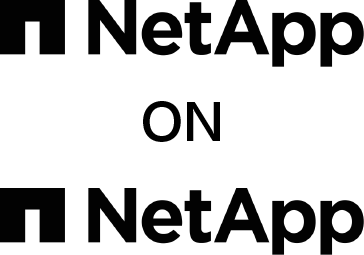Storage automation is key for NetApp innovation
By Eduardo Rivera, IT Director
The next step in storage infrastructure management is automation. Modern IT operations must be able to deliver storage at the speed of code, easily integrate the storage asset into other platforms, and must be configured correctly. This is NetApp IT’s approach to automated storage delivery and how we keep the enterprise moving.
NetApp IT is not dissimilar to the customers we serve. We must account for over a massive amount of storage, enterprise applications, and SaaS platforms, spread globally, in line with other large enterprise organizations. However, we are unique in that we are users of NetApp products and consider ourselves the company’s Customer 1.
That is of course doubly true on the storage side. Application and infrastructure needs are steadily increasing. For storage, there is a definite growing need, at all levels. There is an acceleration of application development and needs that must be met. It’s the new speed of business and it’s on us to deliver on what developers need, when they need it.
That need has created what we call the “new storage consumer.” Much like regular consumers, there’s now an expectation of self-service that has replaced the old “file-a-ticket” approach. We have a new environment of portals that give them access to the infrastructure they want to consume. We make it simple to ensure that they get the capacity, amount, and type of storage that they need. For us, the infrastructure team is fairly hands off.
IaaS powers it all
For NetApp IT, this means an Infrastructure as a Service (IaaS) approach. We’ve set up storage and virtual machine portals for developers to self-service and easily and quickly, through embracing focused automation. The process involves ServiceNow and Ansible Playbooks on our end, but for the user, it’s just a few clicks and they’ve got what they need.
Our storage automation program is made up of several distinct components:
– A source control system, such as Git
– A development platform, such as Ansible
– An orchestration and deployment system, such as Azure DevOps pipelines
– A feature request and but reporting function, such as ServiceNow
From this, we’re able to provision infrastructure and manage configurations to ensure a smooth customer experience. Our strategy of deploying Infrastructure as Code, automating and simplifying service experiences, and embracing automation makes for an agile and malleable IT environment that supports NetApp’s own work to develop and innovate.
Want to learn more? I recently did a webinar where I discussed all this and more. Check it out!


